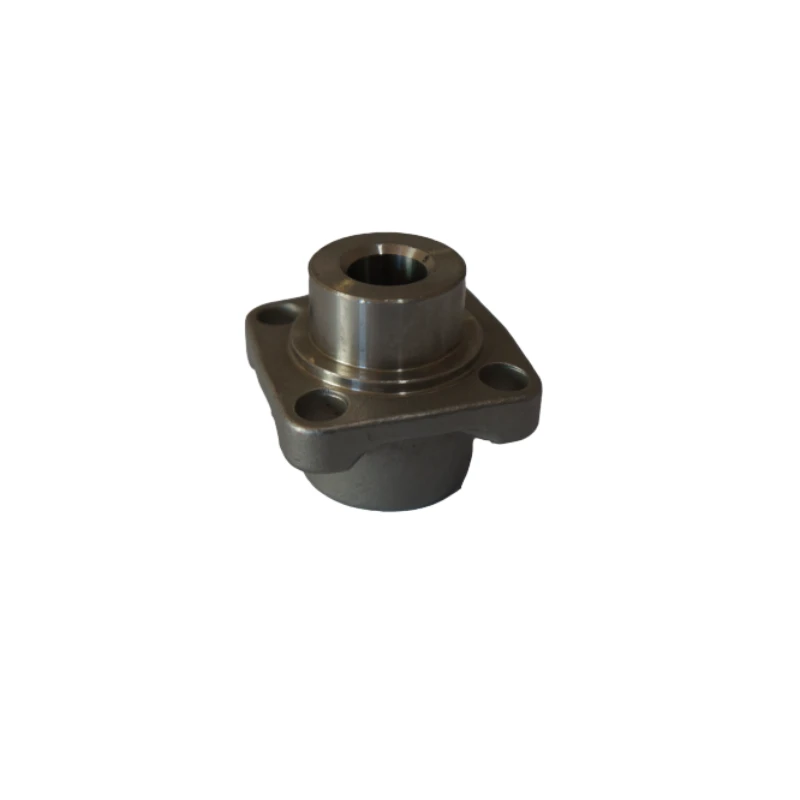Exploring the Benefits of Copper Stamped Components in Modern Manufacturing Applications
Exploring the World of Copper Stamped Parts
In various industries, copper stamped parts play a crucial role due to their exceptional properties and versatility. Copper, known for its excellent electrical conductivity, thermal conductivity, and corrosion resistance, is an ideal material for numerous applications. The process of stamping, which involves shaping metal sheets into specific forms using dies, allows for the efficient mass production of parts with high precision. This article delves into the significance of copper stamped parts, their applications, manufacturing processes, and advantages.
The Significance of Copper Stamped Parts
Copper stamped parts are integral to many sectors, including electronics, automotive, construction, and telecommunications. In the electronics industry, they are used to fabricate connectors, terminals, and circuit components, where electrical conductivity is paramount. The automotive sector relies on copper components for wiring harnesses and other critical electrical parts, ensuring reliable performance and safety. Furthermore, the construction industry utilizes copper stamped parts in roofing, plumbing, and HVAC systems, capitalizing on the metal's durability and resistance to corrosion.
Applications of Copper Stamped Parts
1. Electronics The electronics industry is arguably the largest consumer of copper stamped components. High-quality connectors and circuit boards made from copper facilitate optimal energy transmission and signal integrity. As technology continues to advance, the demand for complex stamped parts that meet miniaturization trends is on the rise.
2. Automotive In modern vehicles, a vast array of copper stamped components are used, including electrical contacts, battery connectors, and sensor housings. The automotive industry's shift towards electric vehicles (EVs) has further increased the demand for copper, since these vehicles rely heavily on copper for their wiring and power systems.
3. Telecommunications The growth of the telecommunications sector has significantly boosted the demand for copper stamped parts, such as connectors and circuit boards. These components are vital for maintaining reliable communication networks and supporting the rapid evolution of mobile and internet technologies.
4. HVAC and Plumbing In HVAC (heating, ventilation, and air conditioning) and plumbing applications, copper’s resistance to corrosion and ability to withstand extreme temperatures make it an ideal choice. Stamped copper parts are used in systems designed for efficient energy transfer and reliable water flow.
Manufacturing Processes of Copper Stamped Parts
copper stamped parts

The manufacturing of copper stamped parts involves several critical steps
1. Material Selection The first step is to select the appropriate copper alloy, which may vary depending on the specific application requirements. Common choices include C11000 (pure copper) and C26000 (brass), offering different balances of conductivity, strength, and corrosion resistance.
2. Die Design Engineers create dies tailored to the intended part, optimizing factors such as tolerance, weight, and surface finish. The design phase is crucial, as complex shapes may require advanced tooling techniques.
3. Stamping Process Using CNC stamping machines, the copper sheets are processed into the desired forms. This step may involve progressive stamping, where multiple operations occur in a single cycle, enhancing efficiency and precision.
4. Finishing Processes Once the parts are stamped, they may undergo further processes, such as deburring, plating, or surface treatments, to enhance their durability and appearance.
Advantages of Copper Stamped Parts
Copper stamped parts offer several benefits
- High Conductivity Copper's superb electrical conductivity is unmatched, making it ideal for electrical applications. - Durability Copper exhibits excellent resistance to wear and corrosion, significantly extending the lifespan of components. - Versatility Stamped parts can be produced in various shapes and sizes, accommodating diverse applications. - Cost-Effectiveness The stamping process allows for rapid production, reducing labor costs and material waste.
Conclusion
In conclusion, copper stamped parts are indispensable in modern manufacturing, affecting a vast range of industries. Their outstanding properties make them the material of choice for applications demanding high performance and reliability. As technology evolves and industries adapt, the demand for copper stamped parts will undoubtedly continue to grow, marking them as a vital component in the future of manufacturing.
-
Top Extras Casting Solutions Die Casting and Sand Casting Experts High-Quality Casting and Die Casting ServicesNewsJun.10,2025
-
Top SS Casting Manufacturer Aluminum Die Casting Manufacturer China Precision Die Casting Company SupplierNewsJun.10,2025
-
High-Quality Brass Casting Sand for Precision Sand Casting Brass at HomeNewsJun.10,2025
-
Affordable Aluminum Sand Casting Solutions Custom PartsNewsJun.09,2025
-
High-Quality China Sand Casting Services Cost-Effective & ReliableNewsJun.09,2025
-
Premium Hot Stamping Parts Durable Plastic Decor SolutionsNewsJun.09,2025















